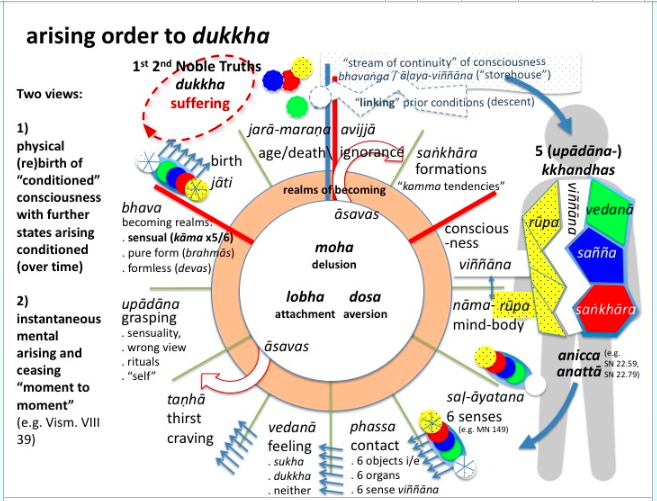Of all the religions in the world, Buddhism is the one that transcend religion, it points us to the Truth of the cosmos and ourselves. It is true science in its absolute unbiased perspective. Buddhism is not just intellectual theory, it is more correctly understood as a cultivation that need to keep on practice to perfection(arriving Buddhahood), it is mindfulness training that should apply to everyday life. There is both quantitative conditions as well as qualitative conditions that need to meet through continuous practices to achieve the transformation. Normally that is a journey of Three Asamkhya Kalpas of non-weaving efforts to attain Buddhahood.
Then according to Infinite Life Sutra (Larger Sutra of Immeasurable Life无量寿经 ), Amitābha was, in very ancient times and possibly in another realm, a monk named Dharmakāra. In some versions of the sūtra, Dharmakāra is described as a former king who, having come into contact with the Buddhist teachings through the buddha Lokesvararaja, renounced his throne. Having witnessed the suffering of sentient beings, he spent five eons studying all the Buddha lands。 He then resolved to become a buddha and so to come into possession of a buddhaksetra (“buddha-field”, a world produced by a buddha’s merit) possessed of many perfections. These resolutions were expressed in his Forty-Eight vows 四十八願, which set out the type of buddha-field Dharmakāra aspired to create, the conditions under which beings might be born into that world, and what kind of beings they would be when reborn there. He declared that he would not attain Buddhahood unless his vows for a perfect pure land in which all beings will advance along the Buddhist path and never again fall back into suffering were accomplished. So Infinite Life Sutra became the source of essential study for the Pure Land school of Buddhism. Because chanting “Namo Amitabha” is the primary practice, so it is also used by all schools of Buddhism teaching.

It is very important to note that, when we praying to Amitābha, we are praying to our true nature – our Buddha nature, which is in ONE with universe, in ONE with ALL BUDDHA. We are not praying to an object outside our being. That is why when Sakyamuni Buddha achieved total enlightenment under the Bodhi tree, he realized that all sentient beings possess Buddha Nature from the same Source. Only that we are fooled by the illusory nature of reality, and think, talk and act in ways that create karma which lead to the nonstop wheel of reincarnation. For eons, our karma accumulated and turn into blockages in the cycle of 12-links of dependent origination. To get out of the cycle, we need first understand that our original true nature is in ONE with the Source. The journey of achieving Buddha-hood is the journey of returning to our true nature.

So when we chanting “Namo Amitabha”, we are trying to connect with Amitabha’s energy field. Our mind, our action, our speeches all need to be in alignment with Amitabha’s vows, in syncs with his spirit. Otherwise, without the union of mind with the vibration of Pure Land, no matter how many gazillion times of praying, it will not work. We often see many people praying in the temple, but not everyone understand the true Dharma teaching is about self cultivation, not about getting help from an outside objects/source.

The Buddha taught that all phenomena, including thoughts, emotions, and experiences, are marked by three characteristics, or “Three Marks of Existence“. These Three Seals of Existence is a checking mark/testing of true Dharma teaching. They are: ”impermanence (anicca), suffering or dissatisfaction (dukkha), and not-self (anatta)”.
These three marks apply to all conditioned things—that is, everything except for nirvana. According to the Buddha, fully understanding and appreciating the three marks of existence is essential to realizing enlightenment. (It is a schema that is accepted in both Theravada and Mahayana schools, but more emphasized in the former.)
The ideals at the heart of Buddhism are collectively known as the ‘Three Jewels’, or the ‘Three Treasures’. These are the Buddha (the yellow jewel), the Dharma (the blue jewel), and the Sangha (the red jewel). It is by making these the central principles of your life that you become a Buddhist.
